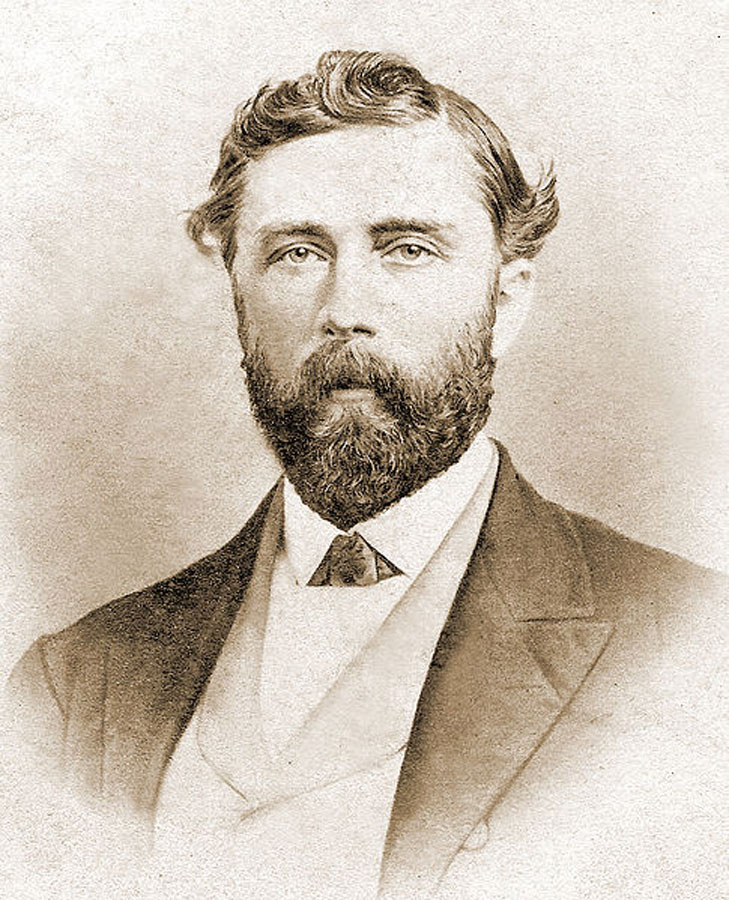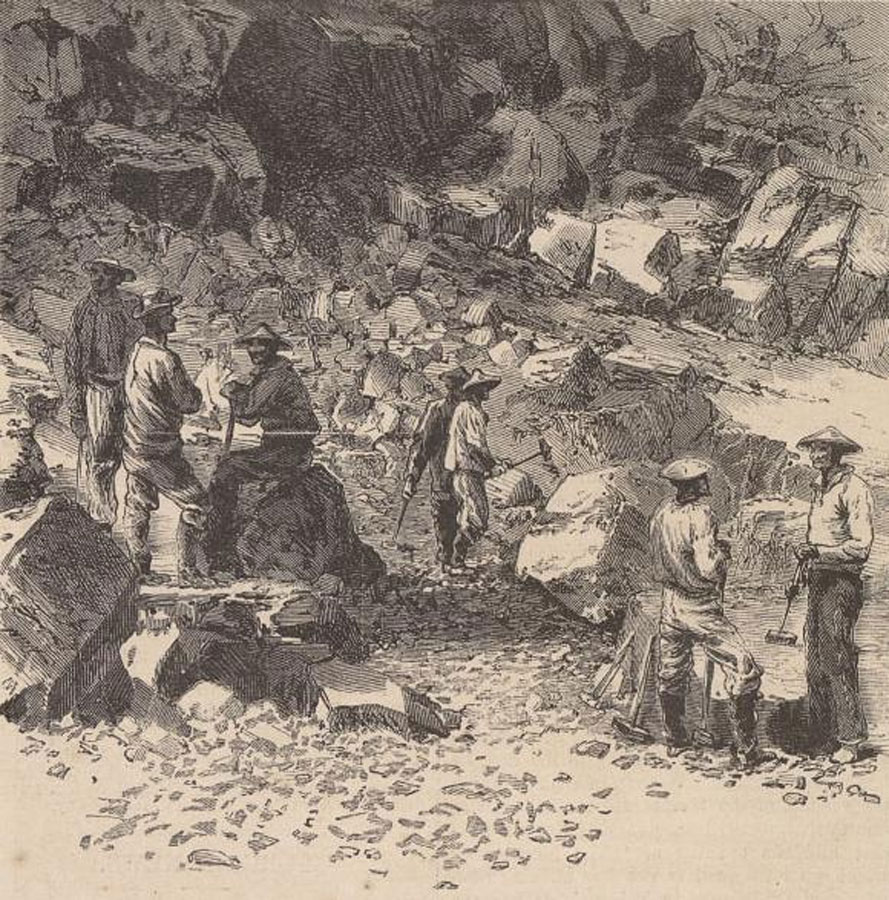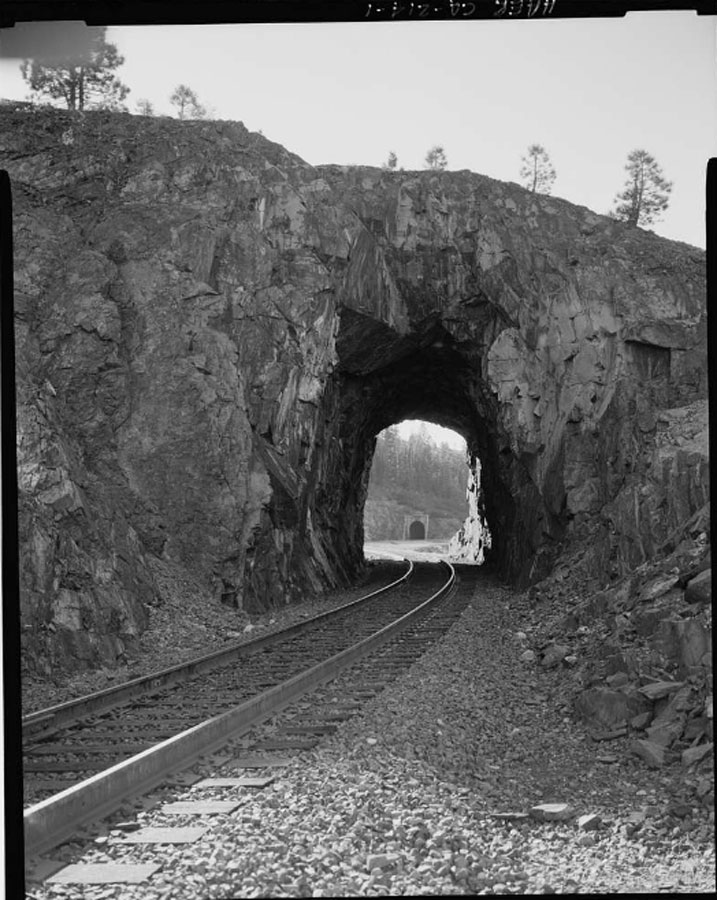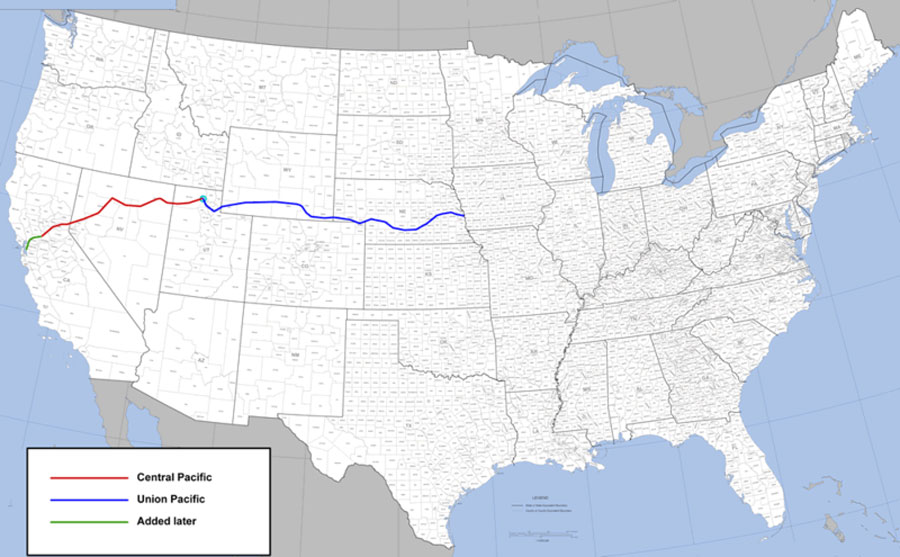In the month of August 1867, in the Sierra Nevada in the Western United States, Chinese laborers dug a number of tunnels, now abandoned. These were constructed as part of the new railway lines being built across the region, with the first train passing through the tunnel in the year 1868. The work was dangerous and the Chinese workers of that time risked their lives in order to dig through the Sierra Nevada mountains. Are you wondering what made them risk their lives? Well, it was to fulfill the American dream. Let’s take a look at what the dream was, actually.
A Singular Man with a Singular Dream
In such an extremely complex enterprise, where a huge number of workers, foremen, surveyors, superintendents, inventors, financiers, engineers, chemists, capitalists, visionaries, and politicians were involved, attributing the American dream of building the Transcontinental Railroad is quite difficult. However, if you were to choose only one person, Theodore Judah is the right person to choose. Judah was popular as a dreamer, and for that reason, he was often called Crazy Judah. He was the one who’s dream was the Transcontinental Railroad.

The idea of building a railroad in order to connect the East to the West initially gained some popularity during the 1830s. However, the gold discovery in Sutter’s Mill and the California Gold Rush that followed, shifted the demand towards more convenient and immediate transportation. In addition, the Washington D.C congress added that building the enormous national infrastructure was not feasible.
Judah, who lived in Buffalo, New York, worked as a railroad engineer on the Erie Line, in the Northeastern United States. In the early 1850s, Judah shared with his wife Anna that he was determined to get the Transcontinental Railroad built and hoped to do something about it. Later, Judah received an offer from William Tecumseh Sherman for building the Sacramento Valley Line. He gladly accepted the offer, but the driving force behind the acceptance was the desire to build the Transcontinental Railroad.

Judah was often laughed at for his dream and discouraged in a number of ways. However, Judah was quite confident that his dream would come true one day, and persistently kept struggling for his dream project until he died in the year 1863. Unluckily, Judah couldn’t live to see his dream actually come true.
Where to find the Workers?
Central Pacific Railroad (CPR) was the company with the responsibility for building the railroads through the Sierra Nevada mountains. Initially CPR had a workforce of only 800 Irish immigrants, but required thousands of laborers to get the job done. Being a dangerous, physically demanding, and low-paying job, the company had a tough time in hiring laborers for the railroad work.
Finally, the CPR founder, Charles Crocker, decided to hire Chinese workers. The Chinese laborers soon proved their capability and strength. Later, the labor force of the Central Pacific grew to as many as 15,000 Chinese workers.
A Dangerous Business
Constructing the railroads through the mountains was one of the most challenging tasks for the Chinese workers. Throughout the construction of the railroad, there was always a risk of death. They faced a number of arduous challenges while digging the tunnels in the Sierra Nevada. At first, the Chinese laborers had to bore through the rocks by hand, with the use of chisels and hammers by lantern and candlelight in order to create wide holes.
Then they had to fill the holes with blasting powder, using sand or clay for securing the fuse. After that, the workers had to light the fuse and run. The explosion of the rock would spread dust, rock debris, as well as black powder residue in the air and make the environment toxic. Owing to this, many of the Chinese laborers faced a lot of difficulties in breathing. Once the rocks blasted, the Chinese laborers had to retrieve the heavy rocks in carts or baskets and move them out of the tunnel.

Even when the tunnels were completed in the Sierra Nevada by the Chinese workers, their tasks did not become any easier. Maintaining the tunnels was another challenging task for them as they were often clogged by snow.
Terrible Snow
Apart from the dangerous blasts, the Chinese workers had to also deal with terrible snow. According to records, these transnational railroads were constructed during the harshest winters. With snow slides and avalanches, there was a continuous risk of death among the workers. Exposure was also a danger, with several Chinese men dying because they were unable to withstand the windy and harsh winters.
The winter of 1866 to 1867 was particularly harsh, experiencing about 44 storms that resulted in the dumping of incredible snow. One of the heaviest snowstorms began on the 18th February 1867, and continued for four days. The storms dumped about eight feet of snow. Drifts resulted in the clogging of the entrance of all the tunnels and the Chinese workers had to shovel round the clock to clear them. The workers of CPR continued to work, eat, and sleep in the inhospitable atmosphere.
Moreover, avalanches swept away the Chinese laborers and led to several deaths. The freezing and unstable world increased the dangers for the Chinese workers. No record of the total death toll has been kept by the CPR company.
- Knights of the Golden Circle: A Pro-Slavery Empire
- A Drive Through Bunker Hill, Los Angeles, CA in 1948
A Dream Achieved
The completion of the Transcontinental Railroad came at a great cost. The Chinese work force had to suffer a lot and risk their lives in order to fulfill the American dream. The dream of Judah finally came true in August 1867. The construction of the railroads enabled opened up the western United States to the general population like never before. The trips that used to take some months were made possible in weeks. This marks the fruitful outcome of the hard labor of the Chinese workers.

The Tunnels Today
At present, the tunnels in the Sierra Nevada lie abandoned. While no trains pass through the tunnels now, they remain a popular place of attraction for snowshoers, as well as hikers. All the rails and tracks have been removed, with the trains diverted to use other paths. Union Pacific Railroad has the ownership of the property now. Unfortunately, the historical tunnels have become a victim of vandalism and graffiti, but remain an impressive testament to the grit and determination of the Chinese workforce who built them, and who risked their lives to complete the Transcontinental Railroad.
Top Image: Tunneling through the mountains was the only way for trains to reach the coast. Source: Releon8211 / Adobe Stock.
By Bipin Dimri